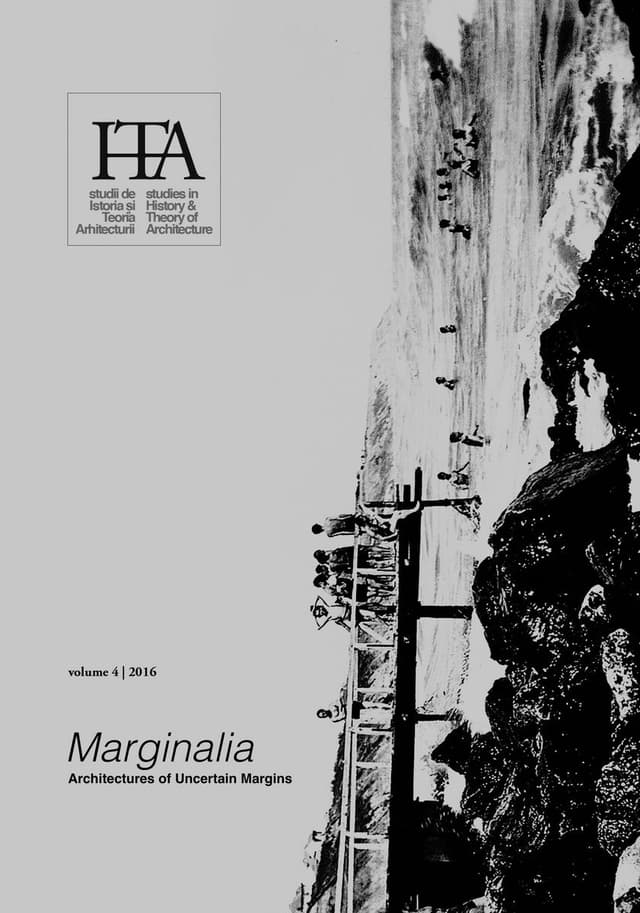Architecture as a Margin within the Negotiation between Reality and Utopia
by
Giacomo Pala
Keywords
utopia
reality
generic
boundary
In this paper an attempt is made to define “margin” from a disciplinary standpoint. First, “generic” design is identified as the characteristic of cities where real estate proliferates freely. Therefore, the essay pinpoints historical attempts of using the notion of the margin as a tool enabling the development of a radical alternative to the generic. Consequently, a number of artistic and architectural projects are discussed (Superstudio’s “Continuous Monument” and Rem Koolhaas’ “Exodus”). In these projects architecture is itself a margin, a boundary: a mega-shape that functions as a limit between reality and utopia. Still, these projects may seem to escape from reality, being daydreams. This leads the paper to investigate the possibility of Architecture to be a margin that negotiates utopia with reality. Such a possibility is spotted in projects such as the Barbican Centre in London: complex structures that use the margin as a tool for negotiating the utopia of an ideal world and the capitalist generic city. Several specific studies (among which Banham, Jencks, Aureli and Šklovskij) are introduced in order to propose a theory for architecture as margin. Finally, a number of questions are introduced in relation to the possibility of architecture understood as margin.
Published in

Chicago citation style
DOI:
10.54508/sITA.4.15